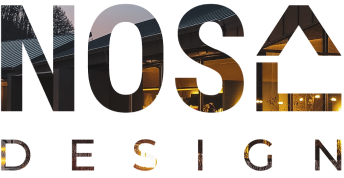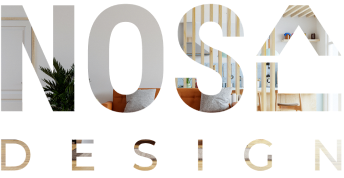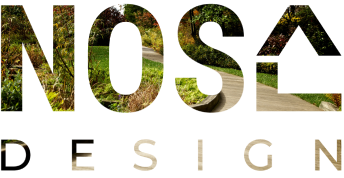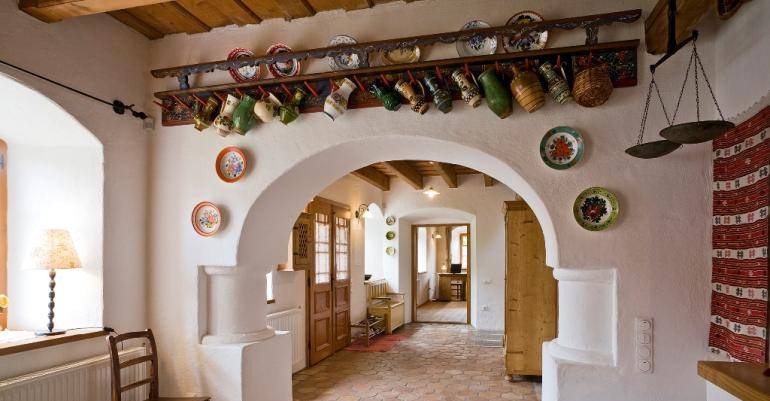
Ethnic style organically exists in any national culture, "sprouting" in architecture, music, fine arts, interior design. This is one of the manifestations of the artistic soul of a human, through which nations and humans communicate with the outside world. Sometimes it is in the images and colorful features that the peculiarities of people, their character, and traditions are more clearly visible. The popularity of the trend, which has been actively developing in recent decades, arose in a completely unexpected environment.
The taste for historical details manifested itself in the 1970s, appealing to society through the hippie subculture. The idea of equality of nationalities, skin color, age and position in society was emphasized in the mixing of ethnic elements in clothing. Fashion designers picked up the original idea, and it gave a powerful start to the development of ethno-style in interior design, architecture and, of course, fashion. Today, the movement has formed some well-known trends, among which stand out African, Arabic, Chinese, Mediterranean, Indian and Slavic styles. We will talk about the latter.
Live design
Ukrainian style is original and diverse. It lives and develops together with society, without losing touch with tradition. NOSAL DESIGN architectural studio offers to breathe national color into your personal space. The warm atmosphere, supported by centuries-old values, does not just create an eye-pleasing atmosphere. Powerful life energy, preserved by our ancestors, nourishes and inspires us, it fills us with joy and optimism.
We work with a love for our business, giving customers original solutions that meet the idea of a cozy, beautiful and peaceful life. We help to make any room as functional as possible, so that every square meter works for your comfort.Ethnicities distinguish three levels in terms of expressiveness and intensity:
- Authentic: accurate conveyance without trade-offs and compromises. In every nuance from furniture and textiles to the kitchen bench there is a clear connection with the culture and traditions of the chosen region. It is difficult to maintain such a high bar in everyday life, so the approach can be found in specialized rooms with ethno-style (museums, thematic villages and exhibitions).
- Mixed: a mixture of several related genres is common in private homes and apartments. The design of the space emphasizes the spirit, gives an idea of shapes and colors, but does not follow tradition "to the letter".
- Folklore: the easiest way to add a feeling to the decor. National textiles, souvenirs, and bright furniture come into play. They are used for their intended purpose and as accessories.
The latter technique does not seem to be truncated at all with the right layout: one or two elements will look especially expressive, revealing their artistic value on a neutral background.
Features of ethnic desig
National artistic methods of decorating clothes and housing are not limited by certain conditional frameworks. In addition, each style is revealed in a wide and unusual way, giving space for creativity. Ethno is manifested through the following features:
- Characteristic materials or reliable imitations.
- Color palette.
- Ornaments and patterns.
- Household items and jewelry.
 Architecture
Architecture Interior Design
Interior Design Landscape design
Landscape design Architecture
Architecture Interior Design
Interior Design Landscape design
Landscape design 19.01.2022
19.01.2022 285
285
 19.01.2022
19.01.2022 262
262